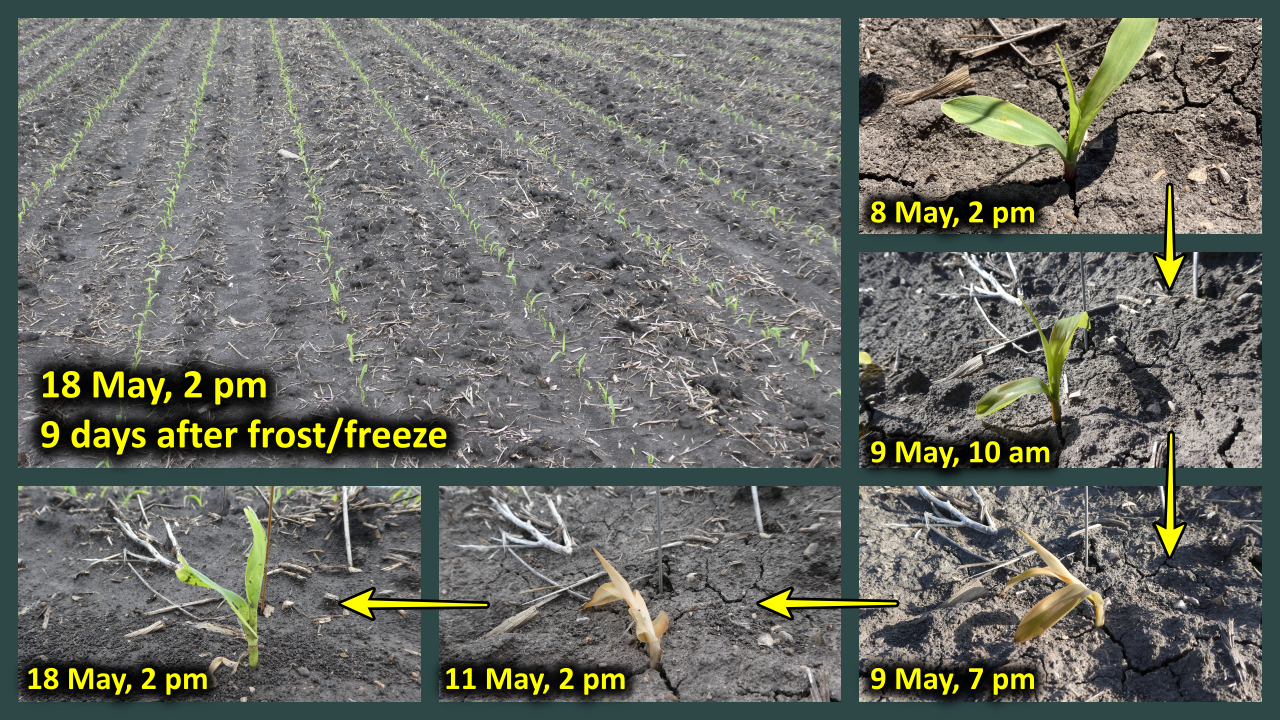
The rest of the story… Severe above-ground DAMAGE to V1-V2 CORN from FROST/FREEZE on May 9.

The rest of the story… Severe above-ground DAMAGE to V1-V2 CORN from FROST/FREEZE on May 9.
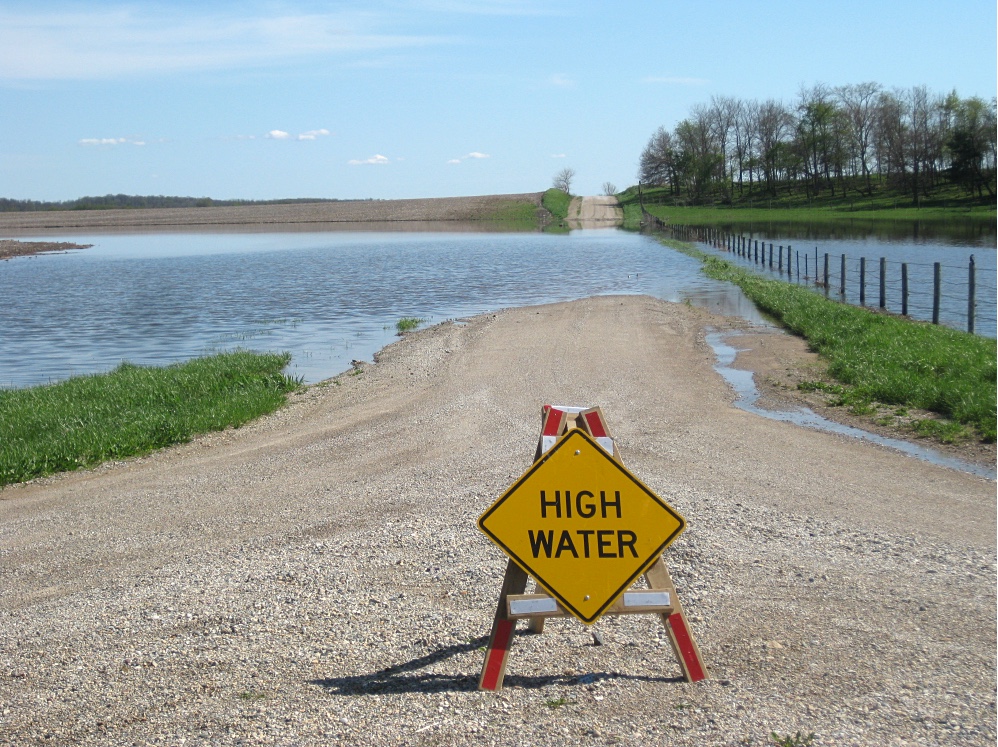
The consequences of flooding, ponding, and saturated soils on young corn depend heavily on the duration of the stress and temperatures.
When a freeze occurs early in the spring after soybean fields have been planted, damage is dependent on many variables, especially the growth stage.
On the latest Purdue Crop Chat podcast found here and on iTunes, Purdue Extension Corn Specialist Dr. Bob Nielsen and Soybean Specialist Dr. Shaun Casteel talk about the impact of the frost event over the weekend and if replanting will be necessary.
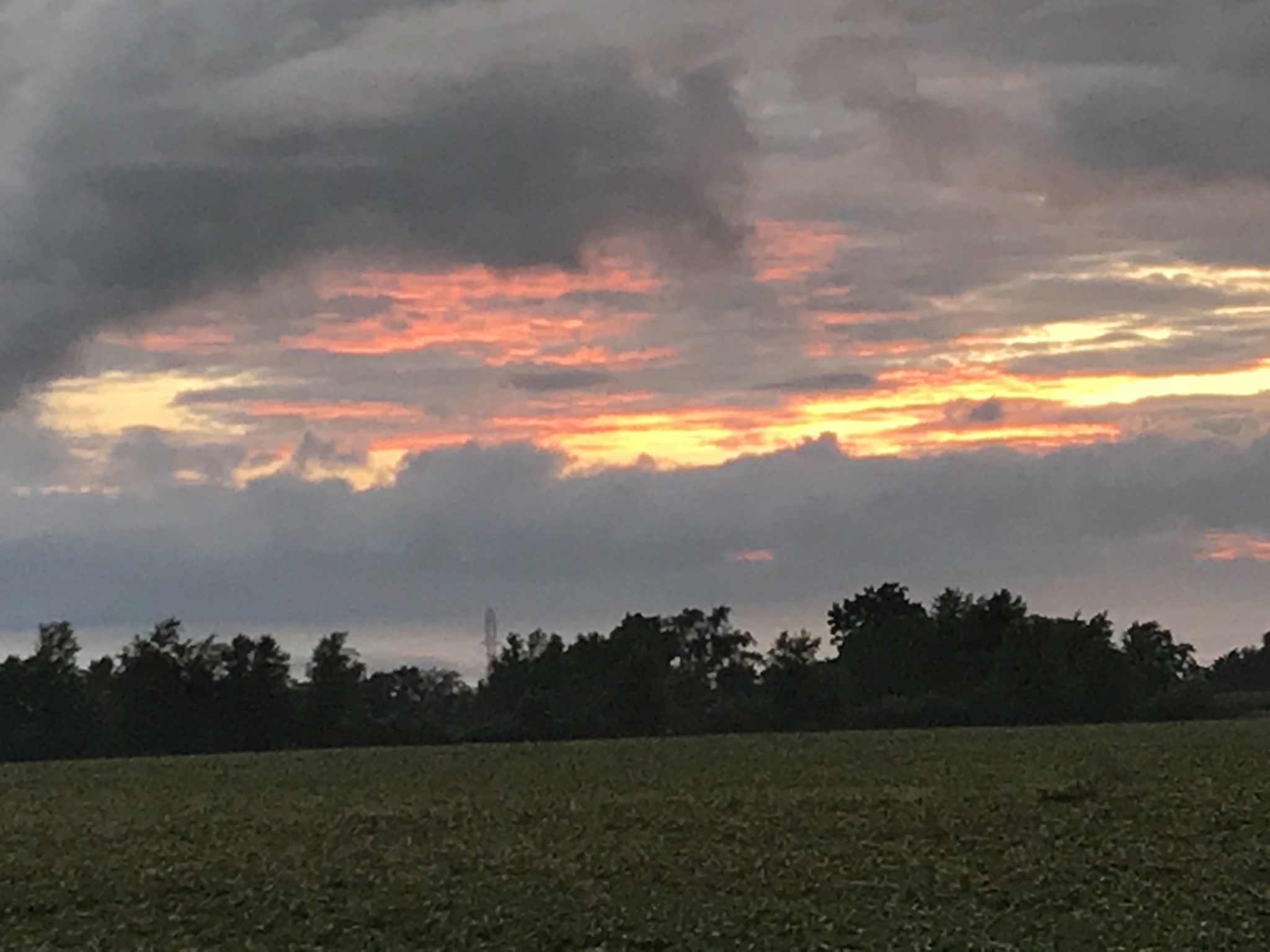
To make excellent quality hay, the forage needs to be cut at the right growth stage and packaged into a bale at the right moisture content without incidence of rain damage.
Armyworm Pheromone Trap Report – 2020
2019 Black Cutworm Pheromone Trap Report Form
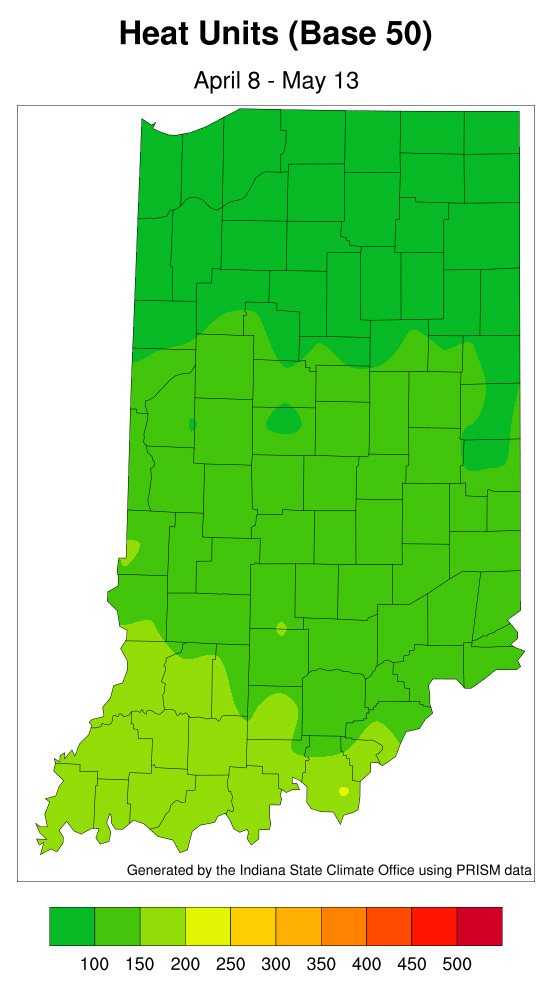
Many species of cutworms feed on corn and soybean if it’s available.
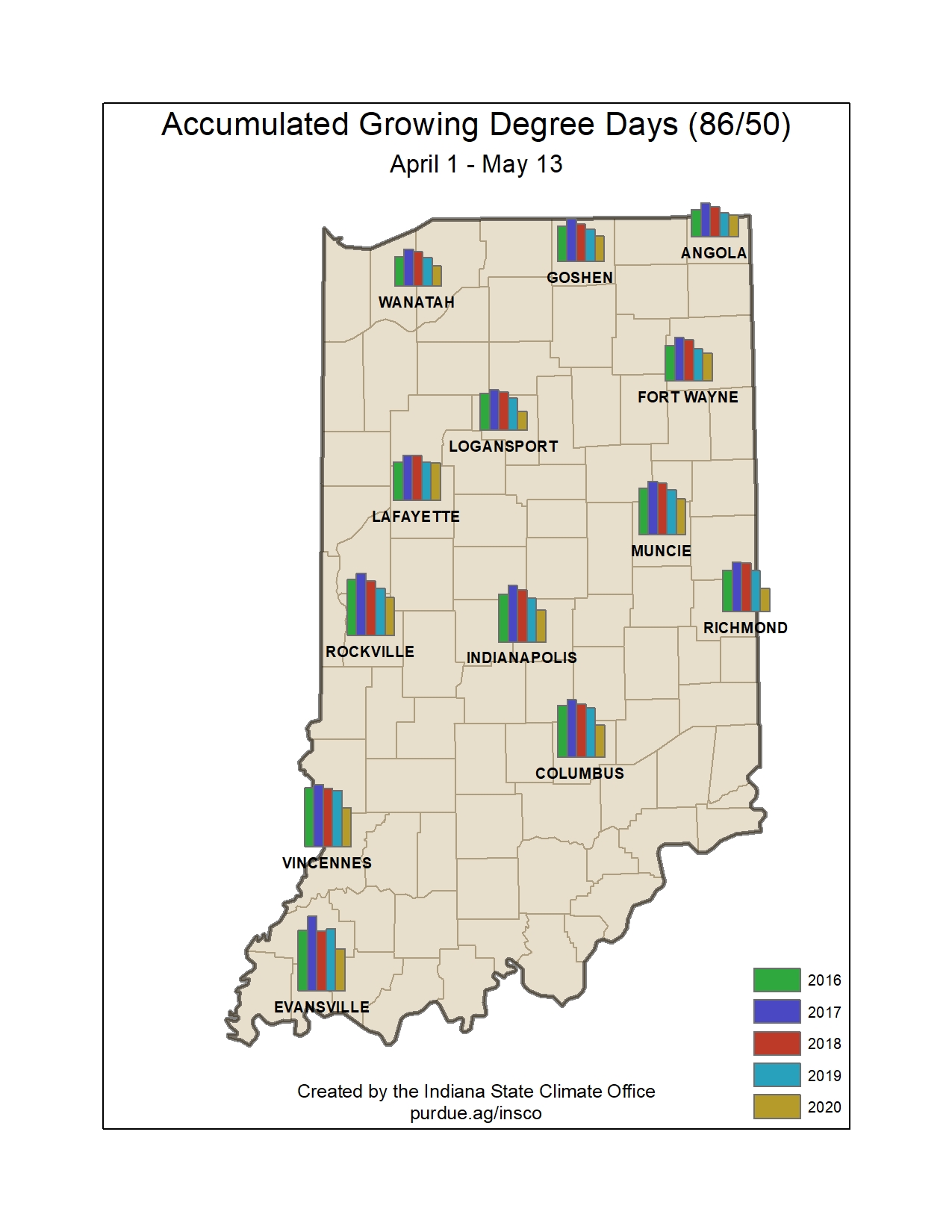
Growing degree day (GDD) accumulations (Figures 1 and 2) have been off to a slow start this season due to unseasonably cool temperatures.
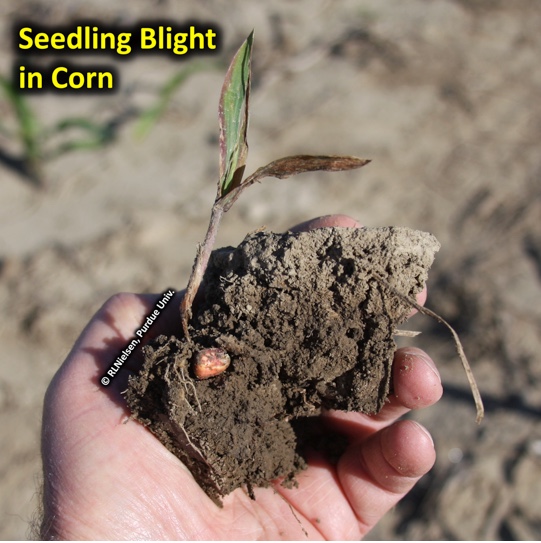
While corn planting progress is way ahead of the miserable 2019 planting season, Indiana’s corn crop has already experienced more than its fair share of misery.
© 2025 Purdue University | An equal access/equal opportunity university | Copyright Complaints | Maintained by Pest&Crop newsletter
If you have trouble accessing this page because of a disability, please contact Pest&Crop newsletter at luck@purdue.edu.